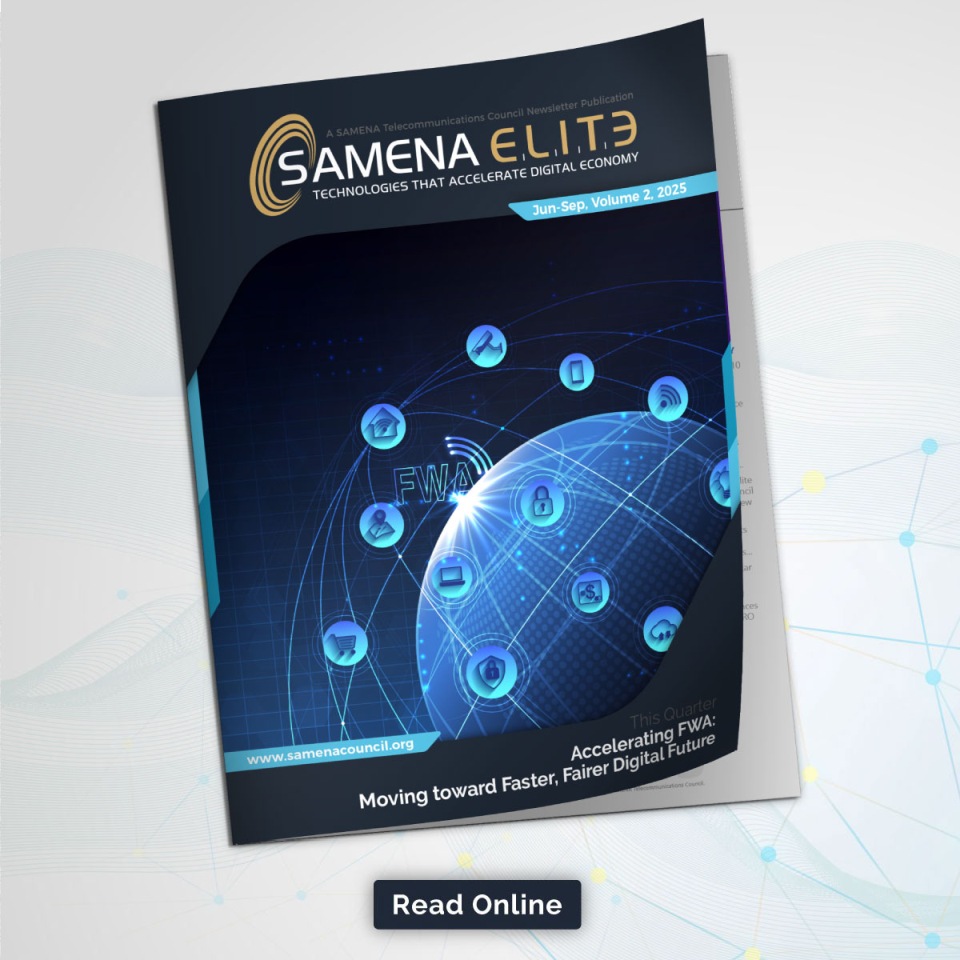Ni Luh Enik Ermawati, Indonesia’s Deputy Minister of Tourism, has called on regional administrations to collaborate with content makers in order to promote national flagship tourist destinations more effectively. In addressing a gathering in Makassar, South Sulawesi, Ermawati stressed that social media is increasingly playing the determining role in influencing tourists’ decisions and, therefore, tourism boards need to harness digital content as part of their marketing efforts. With the speeding stream of digital information, she feels that content creators play a pivotal role in disseminating information regarding travel destinations and making these places visible on an international platform.
Enhancing Destination Quality to Attract More Tourists
While digital promotion is important, Ermawati stressed that the quality of the destination itself is equally critical in attracting tourists. She highlighted that the appeal of tourist destinations depends on three key pillars: attractions, amenities, and accessibility. These elements must be optimized to ensure that tourists have an enjoyable experience.
Ermawati emphasized the importance of high-quality attractions, which can range from natural landscapes to cultural heritage sites and man-made landmarks. She also noted that the availability of amenities such as restaurants, public restrooms, and other essential facilities is crucial for ensuring that tourists feel comfortable during their visit. Moreover, accessibility is a critical factor in ensuring that tourist destinations are easy to reach, with adequate transportation infrastructure and user-friendly facilities. By focusing on these three pillars, Ermawati believes Indonesia’s tourism sector can ensure a steady increase in visitor numbers.
Strengthening the Collaboration Between Central and Regional Governments
Ermawati emphasized the need for strong cooperation between the central government and regional administrations in fostering the growth of the tourism sector. She pointed out that she had not yet met with the South Sulawesi governor, but had been in communication with several local officials, including those from tourism promotion bodies and tourism offices, to discuss how to develop the tourism sector in the region. By maintaining close communication between the national and local governments, Indonesia can create a more cohesive approach to tourism development and ensure that the country’s tourism growth is inclusive and well-distributed across the regions.
Promoting Indonesia’s Super Priority Destinations
Tourism remains a major driver of Indonesia’s economy, contributing over 5% to GDP before the COVID-19 pandemic. The government has been focused on reviving and expanding the sector, especially by promoting super priority destinations like Lake Toba, Borobudur, Labuan Bajo, Mandalika, and Likupang. These destinations are being highlighted for their unique attractions, including natural beauty, cultural heritage, and adventure opportunities, to attract international visitors.
As tourism demand continues to rise, Indonesia is working to ensure that its tourism infrastructure matches the needs of modern travelers. The government is also working on improving transport links to these priority destinations, enhancing accommodation options, and ensuring tourism services are up to international standards. This effort is central to ensuring that Indonesia can meet its target of 40 million foreign arrivals in 2025.
The Role of Digital Platforms in Shaping Tourism Decisions
In today’s digital age, social media and online travel platforms have become powerful tools for tourism promotion. Ermawati emphasized that travelers are increasingly relying on digital platforms for information when planning their trips. Content creators on social media play a significant role in shaping tourists’ decisions, as they provide real-time recommendations and reviews on various tourist sites. This shift in travel behavior makes it essential for regional governments to partner with content creators to showcase their destinations to a global audience.
The rise of online travel agencies (OTAs) and digital content has changed the way tourists explore new places, making it vital for Indonesia’s tourism sector to adapt to these trends. Ermawati emphasized that the tourism promotion strategies should include social media marketing and online campaigns to effectively engage with today’s tech-savvy travelers.
Investing in Sustainable and Inclusive Tourism Growth
As tourism continues to grow, sustainability is becoming an increasingly important factor for tourism destinations around the world. Ermawati stressed that sustainable tourism practices should be a key focus in Indonesia’s tourism strategy. This includes promoting eco-friendly hotels, sustainable tourism products, and conservation efforts to ensure that the growth of the tourism sector does not come at the expense of Indonesia’s environment.
By focusing on sustainability, Indonesia can attract the growing number of eco-conscious travelers who prioritize responsible travel. In addition to environmentally sustainable practices, the country is also working to make tourism more inclusive, ensuring that all local communities benefit from the tourism sector’s growth.
A Bright Future for Indonesia’s Tourism Sector
The Indonesian tourism sector is poised to register growth in the next few years fueled by effective partnerships, creative marketing, and sustainable tourism. Encouragement by Deputy Minister Ni Luh Enik Ermawati to partner with content creators and local governments is a crucial move toward increasing tourist arrivals and the promotion of Indonesia’s rich tourism products. As digital platforms increasingly influence tourism planning, Indonesia’s tourism industry is setting itself up for a future of long-term growth, worldwide recognition, and improved visitor experiences.
